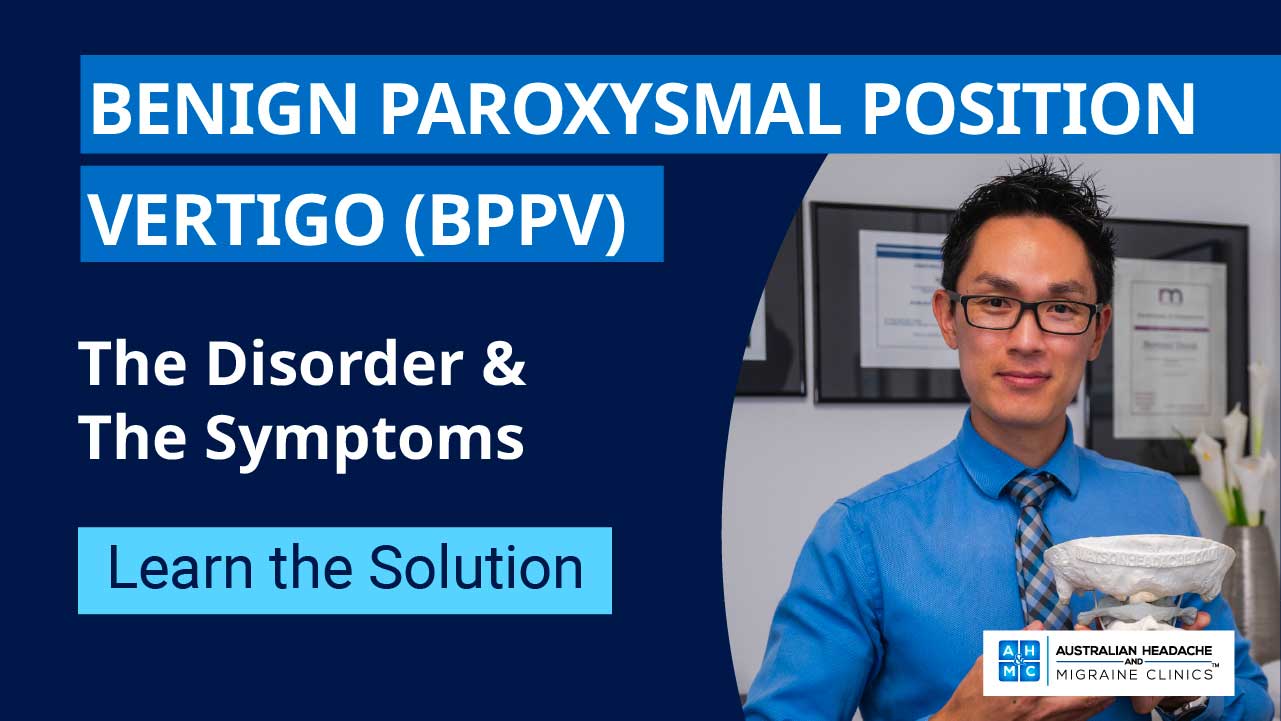Common Causes
Some common known causes of Benign Paroxysmal Positional Vertigo (BPPV) include:
- Head injury
- Complications following ear surgery
- Age-related deterioration of the vestibular system
- General inner ear issues (such as severe inner ear infections, an inner ear disorder or inner ear disease like vestibular neuritis)
These conditions can displace calcium carbonate crystals inside the inner ear canals resulting in episodes of vertigo. BPPV manifests in various forms depending on the affected semicircular canal:
- Anterior canal BPPV is induced by tilting the head forward
- Posterior canal BPPV is elicited by movements that alter head position, such as rolling over in bed with the head turned towards the side of the affected ear.
Recognising the triggers of vertigo episodes, their underlying causes, and specific types is essential for precise diagnosis and management of BPPV.
BPPV Theory
There are two main theories about the cause of BPPV. These theories both speak about abnormal detections which trigger vertigo symptoms, regarding changes in the endolymph that flows in the semicircular canals of the otolith organs. These two theories are as follows:
The ‘Cupulolithiasis Model’
This model suggests that tiny calcium carbonate crystals become stuck on the cupula (the sensory organ within the otolith) causing abnormal stimulation during head movements.
The ‘Canalithiasis Model’
This theory proposes that free-floating crystals (canaliths) move through the endolymph, triggering vertigo symptoms when they shift position.
How is BPPV Diagnosed?
Diagnosing Benign Paroxysmal Positional Vertigo (BPPV) starts with a detailed assessment of your BPPV symptoms, medical history, and potential triggers such as neck injuries or ear infections. At Sydney Headache and Migraine Clinic™, our experienced clinicians perform a range of tests designed to confirm BPPV diagnosis and rule out other vestibular conditions like Meniere’s disease or vestibular neuritis.
The primary focus is on understanding which semicircular canal in the inner ear is affected — the posterior canal, anterior canal, or horizontal canal — as this influences your treatment plan.
Diagnostic Tests We Perform
Dix-Hallpike Test:
This test targets the posterior semicircular canal — the most common site of BPPV. As your head is turned and repositioned, we observe your eye movements for signs of nystagmus, a key indicator of positional vertigo. If posterior canal BPPV is present, vertigo symptoms are typically triggered within a few seconds of head movement.
Supine Roll Test:
Used to detect horizontal canal BPPV, this test involves turning the head while lying down to provoke dizziness and monitor for nystagmus. Observing how symptoms respond to these movements helps us confirm the affected canal and understand the severity of your condition.
Throughout testing, our clinicians assess for common symptoms like nausea, imbalance, hearing loss, and the characteristic sensation of spinning or movement. These tests not only guide us toward the correct BPPV vertigo treatment but also help differentiate BPPV from other causes of dizziness such as cervicogenic dizziness or inner ear disease.
In most cases, imaging or scans are unnecessary. The diagnosis relies on clinical assessment of your vestibular system, balance organ, and how your head movements trigger vertigo — confirming if canalith repositioning manoeuvres will be effective as your first treatment.







